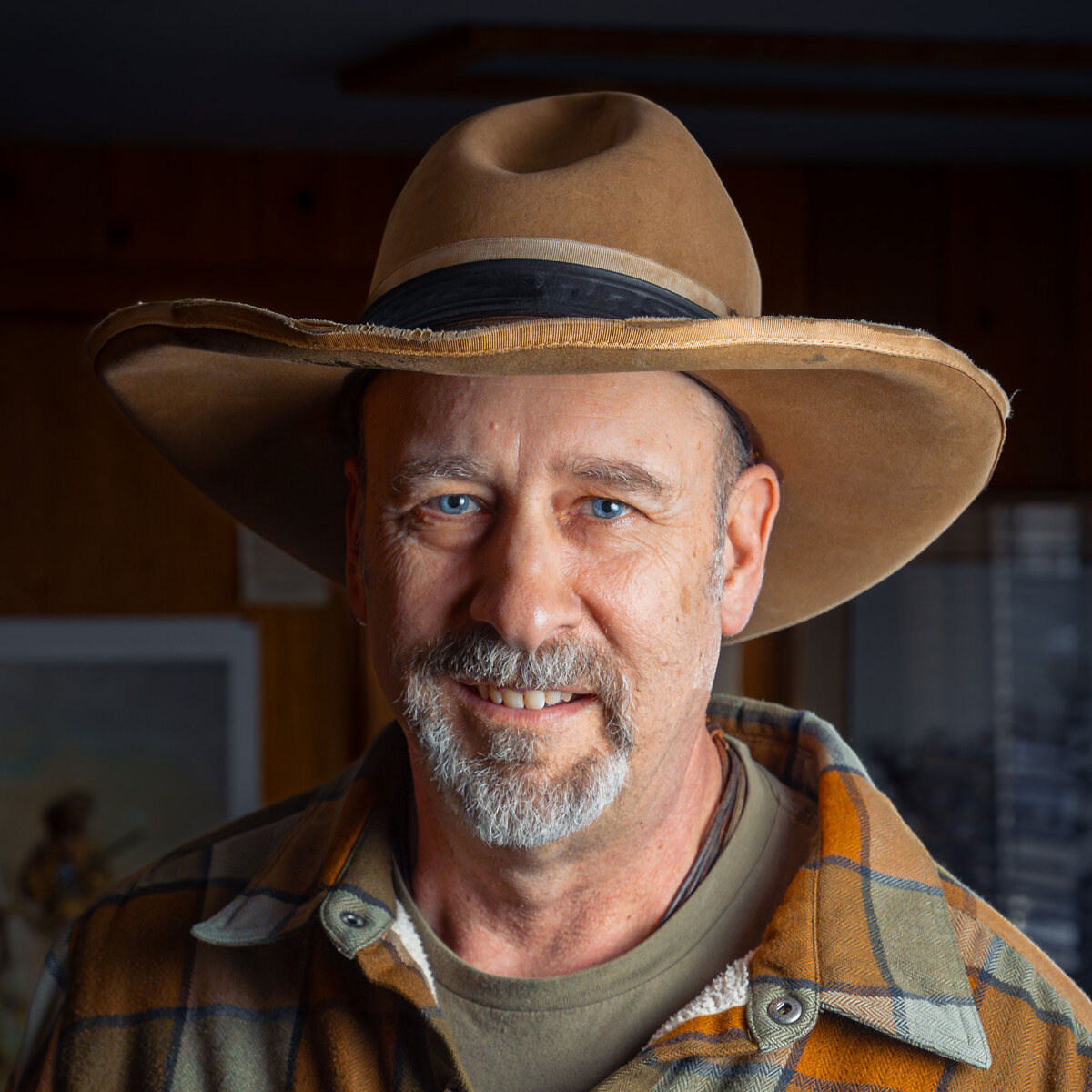American apocalypse
Last updated 4/11/2023 at 4:27pm
A few months before we moved to Sisters in 1993, my wife Marilyn and I — along with the rest of the nation — were transfixed by the news that came out of Waco, Texas. On February 28, 1993, the Bureau of Alcohol, Tobacco and Firearms (ATF) raided the compound of a religious cult known as the Branch Davidians, seeking to serve a search warrant for a massive cache of illegal firearms, and an arrest warrant for Vernon Wayne Howell, who called himself David Koresh.
The Branch Davidians were tipped off to the raid, and the ATF agents walked into a buzzsaw of gunfire. A massive firefight ensued, in which four ATF agents and six Branch Davidians were killed. The shootout was followed by a 51-day siege that climaxed in a fiery apocalypse when the FBI tried to end it using armored vehicles to insert gas into the compound, and the cultists set multiple fires. A handful fled the flames, but the siege ended with 82 Branch Davidians dead — 28 of them children.
To mark the 30th anniversary of this dark moment in American history, Netflix has released a two-part documentary titled “Waco: American Apocalypse.” It documents a cascade of error and misjudgment that started with ATF initiating a kinetic raid even though they knew they had lost the element of surprise, and continued with FBI Hostage Rescue Team and crisis negotiators failing to communicate with each other, and often working at cross-purposes that inflamed the paranoid fears of Koresh and his followers.
And Koresh, wounded in the initial engagement, maneuvered and manipulated throughout, his megalomania craving an international platform from which he could proclaim his message, based on his belief that he was the messiah.
The documentary is a powerful depiction of men and women haunted by the events of three decades ago. Those events are receding from memory. When I described how hard the documentary hit me to my 23-year-old daughter and her husband, they really couldn’t grasp it. The events that loomed so large through the 1990s happened six years before they were born.
Yet, they can’t fully understand the nation they inherit without a grasp of what happened at Waco. Two years later, Timothy McVeigh blew up the Murrah Federal Building in Oklahoma City, killing 168 people — 19 of them children — in an attack he posed as revenge for Waco. The attack came on April 19 — the date on which the Branch Davidian compound burned.
A trapdoor was opened releasing demons of domestic rage and violence that have yet to be corralled. We may never get that trapdoor slammed shut.
Some good has come of the debacle. Craig Rullman of Sisters, who served as a SWAT team leader during his law enforcement career, points out that the Waco apocalypse remains at the forefront of contemporary law enforcement training. He says:
“Along with the Ruby Ridge debacle, Waco was really the starting point for a radical change in law enforcement tactical thinking. You won’t find very many teams anywhere who still think that the sort of muscle-flexing dynamic entry attempted in Waco is a good idea. It wasn’t then, and it isn’t now.
“Outside of an exigency — the immediate threat of death or great bodily harm to a hostage, for instance — well-trained SWAT teams today just don’t do these kinds of dynamic assaults. (Narcotics teams still kick a lot of doors, but that is a different animal and requires an entirely different discussion)….
“The model now is the Surround and Call Out. And that’s only if you can’t get the suspect isolated and into custody someplace else. But even that isn’t perfect, which we saw at the Malheur Refuge, where the surround and call out part was working reasonably well, but the attempt to arrest LaVoy Finicum during a traffic stop went tragically sideways…
“Waco was a disaster, the collision of very poor tactics, agents with 500-pound badges, and a committed religious ideology. It resulted in a terrible human tragedy. And because it was predictable — particularly as the government stupidly fulfilled the very worst doomsday prophesies of a nutjob — it was also preventable.”
What is predictable is preventable, but only if we know and understand what has gone before. We must remember.


















Reader Comments(0)